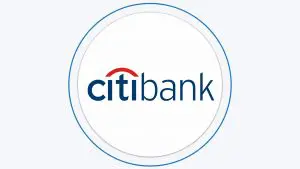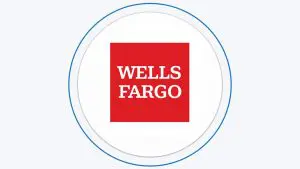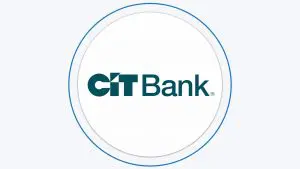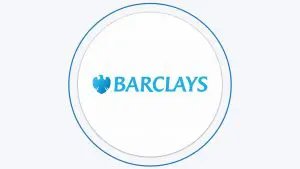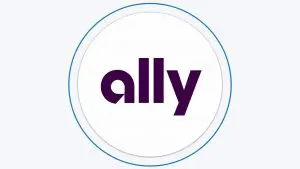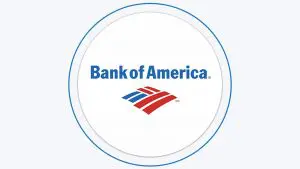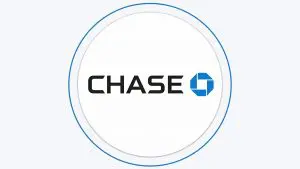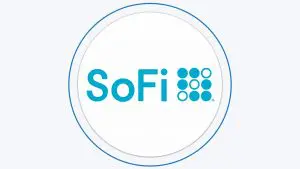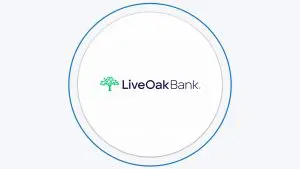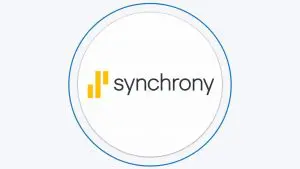Table Of Content
Perhaps the simplest and easiest way to put your money to work and begin saving is by investing in US savings bond.
This article will help you understand how to invest in US Series EE Savings Bonds, one of the popular products of the United States Treasury Department.
You’ll learn about tax benefits, how and where to purchase, how to compute the interest and a lot of other important things.
What is Series EE Savings Bond?
The Series EE Savings Bond is a U.S. government savings bond that is non-marketable but interest-bearing.
The Treasury Department guarantees that it would at least double in value over the initial term of the bond and that is normally 20 years.
Most Series EE bonds pay interest beyond the original maturity date of the instrument, or up to 30 years from the date the government issued them.
Investors and bankers also call the Series EE bond as the ‘Patriot Bond’.
Savings bonds are one of the safest investments, but over time investors have become a little more confident about taking on riskier investments, as you can see from this chart using FED Survey of Consumer Finances data
These rates will apply to all issuances for the next six months. After this date, succeeding Series EE bonds increase in value every month but their interest payments are semi-annual.
Investors can put in as little as $25 for an EE bond with a face value of $25. However, investors can only put in a maximum of $10,000 each calendar year. The government sets this investment limit for every Social Security Number.
How EE Savings Bonds Work
You can consider EE Bonds as zero-coupon bonds because they earn interest every month but they don’t pay the interest until the bonds mature or the investor redeems them. The Treasury Department compounds the interest semi-annually.
There is a different treatment for the two different types of EE savings bond: the electronic EE savings bonds or the paper Series EE savings bonds.
Electronic Series EE Savings Bonds
- The Treasury Department sells the electronic Series EE savings bonds at face value. If you’re investing $50, you will receive a $50 electronic Series EE savings bond. It will be worth its full value when it becomes eligible for redemption.
- You can purchase electronic EE Savings bonds from $25 or more, “to the penny.” So, if you want to invest $628.26 in the bonds, you can do that. This makes the electronic Series EE a great choice for small investors with small budgets.
- The limit for purchasing an electronic Series EE savings bonds is a maximum of $25,000 per calendar year.
- The Treasury Department will issue the electronic Series EE savings bond to a designated account. Investors will not receive a physical paper bond or instrument.
Physical Paper Certificate Series EE Savings Bonds
- Treasury sells the paper Series EE savings bond at half of their face value. If you purchase a savings bond with a $5,000 face value, you will pay only $2,500 today.
- You can purchase the paper Series EE savings bond in denominations of $50, $75, $100, $200, $500, $1,000, $5,000, and $10,000.
- The maximum amount an investor can buy per calendar year is $5,000, which is equivalent to $10,000 in face value.
The Series EE savings bonds are available only to U.S. citizens, official U.S. residents and U.S. government employees (regardless of their citizenship). Minors who meet the conditions above can also own Series EE bonds.
When an EE bond reaches its maturity, the investor will receive the face value of the bond, including any accrued interest.
Investors cannot redeem the EE bonds for the first 12 months that they are outstanding.
Investors who redeem them within the first five years will forfeit the last three months interest as a penalty for early redemption.
Although an EE bond continues to earn interest until the final maturity date, this maturity date can be many, many years after the original issue date.
How to Purchase Series EE Savings Bonds?
In April 2009, the Treasury Department updated the eligibility rules for investing in Series EE savings bonds.
There are now different rules when you want to invest in paper bonds and in electronic bonds.
Presently, not only individuals can own paper bonds but also corporations, public organizations, private organizations, associations, and fiduciaries.
For electronic savings bonds, a prospective investor should create a TreasuryDirect account to be able to purchase an electronic savings bond.
Those who can open a TreasuryDirect account are individuals, partnerships, corporations, trust funds, estates, and other comparable entities. Residents of the United States have 2 ways to purchase EE savings bond, namely:
1. TreasuryDirect
Most financial products have now shifted to digital format and the all-new Series EE savings bonds are no exception. This has made it mandatory to purchase them only via TreasuryDirect, the Treasury Department’s official securities portal.
When a purchase transaction is successful, the Treasury Department will issue the bonds directly to the investor’s account in electronic format.
He can see all his other Treasury holdings in his account because TreasuryDirect catalogs them accordingly into Series I savings bonds, Treasury bills, bonds, and notes.
Another advantage of this system is its accessibility 24/7 on the Internet. You can check your portfolio any time and invest any amount you want to the last cent instead of buying them in a round denomination like before.
Of course, the system can also check if your purchase is still within your limit for the calendar year.
For those who want a systematic dollar cost averaging program, they can create instructions to automatically purchase EE savings bonds in amounts as low as $25.
This is a radically different process than the method available to earlier generations of investors.
Before the introduction of digital transactions, investors who wanted to buy a Series EE savings bond must walk into a bank or a financial institution to pay for and receive a paper certificate.
2. Employer-Sponsored Payroll Savings Plan
Some employers have collaborated with the Treasury to create payroll savings plans for their employees.
The goal is to encourage workers to save for the future and provide them with an opportunity to earn higher savings rates.
This is how it works: the employee signs up to automatically buy Series EE savings bond through the plan and the company deducts the price from his salary.
It's quite effective because the employee does not get his hands on the money he intends to save but immediately invests them on the bonds.
It’s also a good application of the ‘pay yourself first’ strategy. If this is something that you think would work for you, contact your payroll or HR department and check if this plan is available in your workplace.
Buy Gold and Silver Online
- Leader in the Precious Metals industry
- Over 1 million customers
- Authorized Purchaser of the US Mint
Advertiser Disclosure
The product offers that appear on this site are from companies from which this website receives compensation.
Pros And Cons Of EE Savings Bonds
Savings bonds are very friendly investments for beginners because they are simple yet low-risk. There is also the taxation aspect to consider.
Savings bonds enjoy several state and local tax exemptions and federal exemptions for tuition payments. This condition makes it very advantageous for individuals in high tax brackets or those with children about to enter college.
And because the U.S. government backs up these bonds, investors can rest assured that they are very liquid such that they can redeem them online or at nearly any financial institution.
As of now, they do not have a secondary market so, individual investors cannot trade them among themselves.
- Tax Benefits
Bonds are interest-earning instruments similar to a savings account or CD but the investor doesn’t have to claim the interest as income on his tax returns all the time.
If he redeems the savings bonds and uses the interest to pay for tuition for himself or a legal dependent in the same year, he doesn’t have to pay federal taxes on them.
They call this the Education Savings Bond Program. There are eligibility requirements under the program, so please consult a tax professional before you start investing.
- Low-Risk Investments
Even the securities and Exchange Commission admits that savings bonds are one of the safest investments anyone can make. After all, the U.S. government itself provides its full faith and credit to back up the bonds.
If you were to invest your money in stocks and private bonds, the company that issued them could fail and naturally, your investment would too. If the company closes down, you can almost say goodbye to your entire investment.
- Liquidity
The market for Treasury products is unbelievably huge and at the same time remarkably liquid. Investors, buyers, and dealers won’t have a problem if they want to resell their purchases at any day or time.
Now that everything is digital and electronic, it is even easier to transact because there is no need to transfer paper certificates.
The government makes information about bond issues appropriately so that buyers and sellers can compute for the value of a bond at any time. It gives investors more confidence to invest and trade in savings bonds.
- Flexibility
Savings bonds are more convenient than other fixed income products in the market. For one, investors can choose from eight different denominations starting at $50 and rising progressively up to $10,000.
Outright, you can see that this is very helpful for investors who want to start off with increments less than $1,000.
In addition, he can redeem these bonds at any time after the first twelve-month minimum holding period. And even if he redeems before the five-year holding period is over, he will get his principal intact.
Of course, there is a penalty equal to the last three months interest payment for early redemption.
The Disadvantages
Savings bonds have many good sides, but they offer a low rate of return and affords almost no protection from inflation because of their fixed interest rate. However, if you invest in I Bonds, you can get some inflation protection.
Investors also do not have any capital gains opportunity with savings bonds, nor can they get any current income from them (unless they redeem the bonds). And since these bonds provide the owners a tax deferral, they have no value keeping them in tax-deferred accounts.
- Low Return
If you compare the potential earnings from an investment in savings bonds against investing in the stock market, the latter will come out ahead.
- Inflation Risk
EE savings bond rates of return won’t be able to keep in step with inflation during these times. For 2022, economists are looking at about 7-9% inflation rate which is many times over and above the EE savings bonds interest rate.
- Early Withdrawal Penalty
Remember that after purchasing a savings bond, you have to hold it for at least 12 months. You can’t cash it out even if you really need the money.
Granting that you are able to hold it for 12 months and decide to cash it in before five years have passed, you will sacrifice three months interest as your penalty for withdrawing it early. And if you cash a bond after 36 months, they will only give you 33 months of interest.

